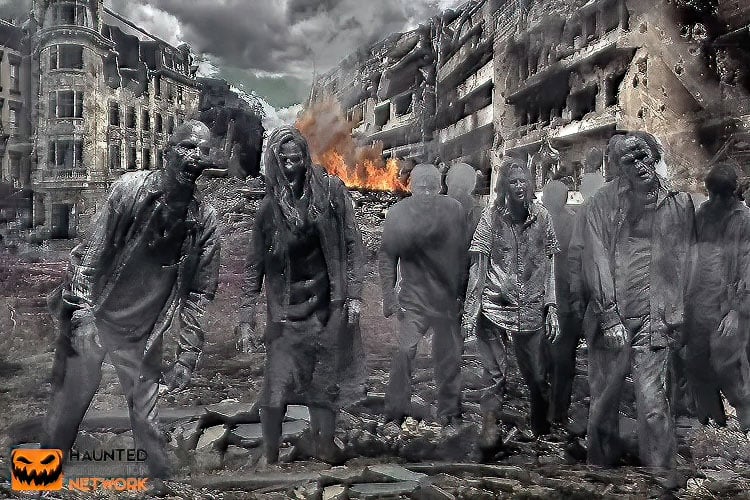Use Diversity in your team, in your scares, within your industry, and in your products to strengthen your haunt.
By Scott Swenson
Welcome to the dark. This blog is based on Episode 44 of my podcast, A Scott in the Dark. It had been awhile since I’d recorded an episode, and this was recorded in June of 2020. There was a lot going on that month, as I’m sure you remember. Maybe by the time you read this, you can say, “Oh, yeah. That was when we were doing the whole pandemic thing, and it was pride month. There were also protests and rallies going on to bring focus to equity amongst people of color.”
Listen to the Podcast
Why I’m Recording this Now
To be perfectly honest, part of the reason that I had recorded nothing was because I really didn’t know what to say or how to say it. Then I decided I would talk about diversity – but not get into my opinions on Black Lives Matter or LGBTQ+ rights. No, I would talked about diversity in the haunted attraction industry.
Now, you know, there will be those who would say, “Well, Scott, it’s far more important to talk about the plight of people of color and segregation and the ongoing challenges of the LGBTQ+ community.” I’ve said more than enough about that. If you want to know what my feelings are about that, check out my social media, because I’ve been very clear. I strongly support all of that, so I don’t have to talk about that on my podcast. Yes, it’s important, but this isn’t the place for it.
What is Diversity?
To talk about the power of diversity in the haunted attraction industry, I need to define what I mean by diversity. I’m not talking just about racial equality. I’m talking about the true meaning of diversity, which, by definition, is a variety of things. All too often, when we become haunters, we become myopically focused on just one thing, and that’s never in our best interest from a business or artistic standpoint.
When we become too focused on one thing, if something goes wrong, we have nothing to fall back on. If we become focused on just one thing or one person’s opinion, we end up missing out on a broad range of other things.
I’ve divided diversity into 3 categories:
- A diverse organization
- A diverse haunted attraction
- A diverse pool of resources
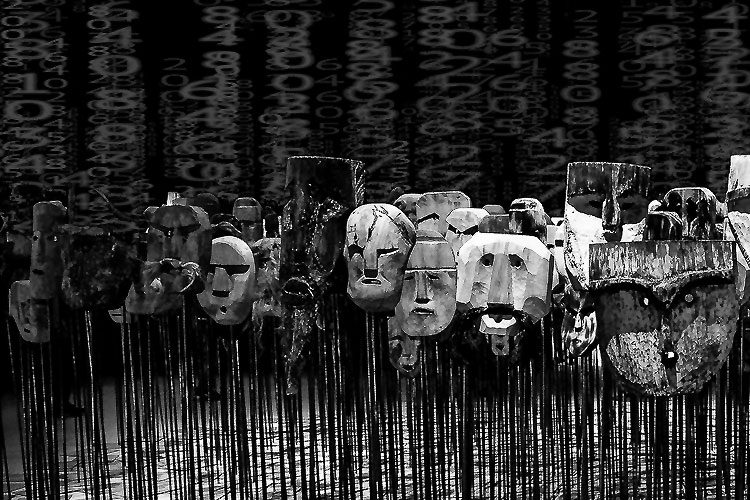
1 - A Diverse Organization
If you’re sitting in a room with all the key players in your haunt, and everyone looks exactly like you, you aren’t diverse. I’m just saying that right up front. I’m not chastising you for that. I’m saying you might want to consider diversifying a little bit more, because it will only benefit your organization. What happens when you diversify the people in the lead? What happens when there are people of different ages, different skin colors, different genders, different gender identities, different sexual orientations, different whatever? Find a way to shake up your organization to create a more mixed bag.
How does that diversity benefit you? Well, first and foremost, it broadens your audience, which means you can make more money. If you have a more diverse leadership group, you’ll have a much broader sense of community. You’ll be able to tap into a bunch of special-interest groups that may think of Halloween or haunted attractions as a secondary thing. It’s important to recognize that people like to see and experience things that focus on people that look like them or think like them or sound like them. Diversity in your team will to allow you to appeal to a much broader audience.
We all know that the number-one way to advertise a haunted attraction is through word of mouth. If you can connect with these smaller communities—these smaller chunks of the human species—you’ll be able to get a much stronger word of mouth and a much broader audience.
Haunted attractions tend to market to the same audience over and over and over again. That may be different for each haunt, so I’m not going to get into this too deeply, but here’s my recommendation: Find an audience in your community that’s underserved. That might be a group or groups of people of color in your community. There may be no haunted attraction that’s being marketed directly to African-American people or to Hispanic people or to or Haitians or, you know, anybody who ain’t pasty white. You could create the first haunt that’s ever been targeted to them. You may find things that specifically work for that group, and that will expand your audience base.
So, my recommendation is to open your eyes and target those groups that you haven’t targeted before. Maybe you go after senior citizens, maybe you go after a different age demographic. We typically target our market at 13- to 25-year-olds or 18- to 35-year-olds. Why not target the senior group and say, “Hey, remember when Halloween used to be fun? Well, we’ve made it fun again,” and appeal to those folks my age and older. We’re the ones who remember when trick or treating was cool, when it didn’t happen out of the trunk of a car, when you went out and knocked on the neighbors’ doors, and then got your parents to drive you to the next neighborhood over so you could knock on their doors. The idea is broaden your mindset, broaden your leadership group, and, in turn, broaden your audience.
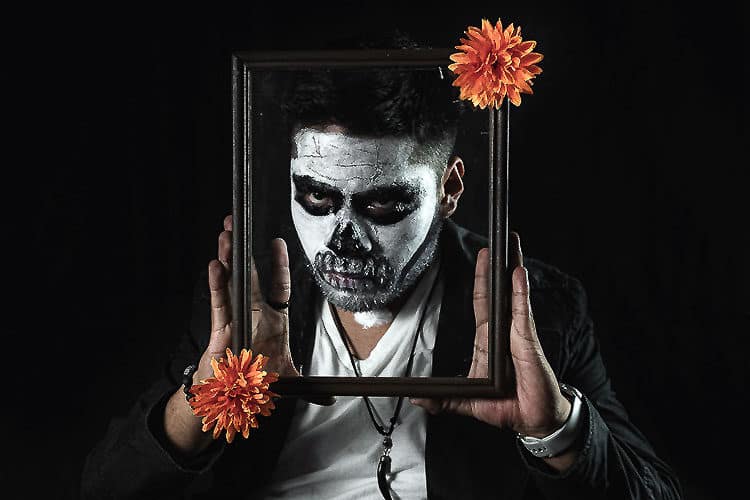
The other cool thing that happens when you start broadening your people base or become a more diverse group of leaders is you start to explore different ethnic folklore. Every culture has some cool and creepy folklore, and it’s foolish not to explore it. Who’s the best person to find out about Hispanic folklore? Someone who was raised on it. Go to them, let them share their culture with you, and you might find something really amazing. In turn, you’re diversifying your audience base and you’re diversifying your leadership base. Get out of the mindset that the only thing that’s scary is what happens in your mind.
Sometimes, we get confused about diversity when we start looking at who makes the decisions in a haunted attraction. I just discovered a phrase that’s probably old to some of you: “Avoid the HIPPO principle”—which means, avoiding the HIghest Paid Person’s Opinion. It’s not just about the owner—although, obviously, the owner has the decision-making power to veto pretty much anything based on pretty much anything. However, the smart owner is the one who’ll at least listen to and start to enact some of the ideas from their diverse groups. When I say diverse in this particular case, I mean, diverse as far as where they fall on the food chain of that organization.
Whenever you do internal focus groups, make certain you have the frontline represented, make sure you have your costume team represented, make sure you have security represented, make sure you have your operations team represented. Probably the least important person is the person signing the checks. The owner can always add their sauce to the incredible meal that’s been created by their team. So, avoid the HIPPO principle, and make certain you have diversity when you’re planning for diversity and searching for new ideas.
I’d include guests in the diversity discussion as well. Many haunts are doing guest polls, and I think that’s absolutely brilliant. They’re reaching out to their guests and asking them what they expect this season—”What must we absolutely deliver for you to show up at the end of—or perhaps the middle of—a pandemic?”
Diversity is crucial—whether that refers to ethnic background or a person’s role in the organization—including everybody from the guests (who really are the bosses) to the frontline to upper management to the owners. The more diversity, the better the product.
Part of the reason the haunt industry should be one of the most diverse industries in the world is because we’re all perceived as outsiders to a bunch of people. Some of us revel in that outsiderness, and some of us have found a respite or camaraderie in the haunt world. We feel like we don’t quite fit in everywhere else—we’re just a little bit darker, a little bit creepier, a little bit stranger than other people. Our after-dark family brings us together.
This reminds me of a lovely conversation I had with Sydney Neil years and years ago. Sydney was all about creating a place where everyone belonged, no matter how different they felt because of the color of their skin, the language they spoke, or whatever. The haunt industry was a place where everyone could come together and be accepted, be loved, and where your freak flags were not only flown but saluted. So, in my opinion, the haunt industry has the opportunity to be one of the most diverse industries in the world. If we embrace that, and if we invite in people who are different than us and solicit their opinion, their take, their expertise, it’s just going to make us better.
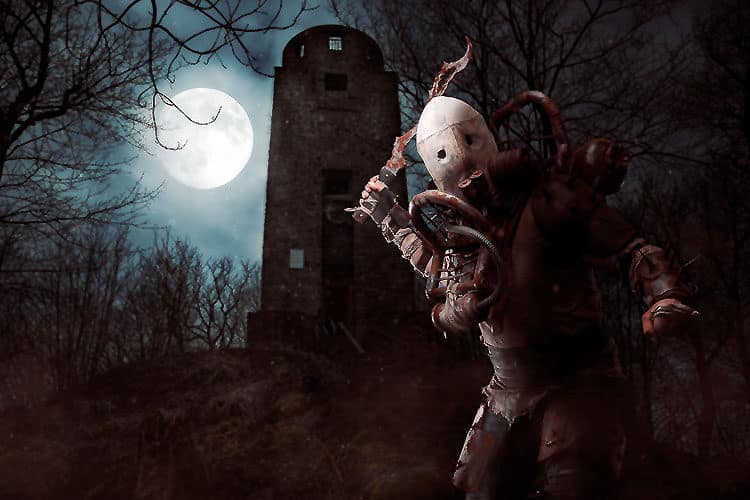
2 – A Diverse Haunted Attraction
Let’s get back to what I mentioned earlier about how different things scare different people. Successful haunted attractions employ a diversity of scare tactics. If you did an entire haunt that was nothing but drop doors, it would be a really dull haunt. To create scares that scare as many people as possible, when you’re designing your haunted attraction, consider diverse disciplines to figure out how to create the scare. This is going to be especially true now, because most of us are going to have to rethink the way we do our haunts.
For a case study on how to prepare to reopen your haunt, there’s a phenomenal, well-written, information-packed report available from Fear Factory in Salt Lake city, Utah. Just search for “Fear Factory” or go to their website. They’re giving away this Contingency Plan for free to haunters, and it discusses how they planned to make their post-COVID-19 haunt more successful—who they met with in the government, how they rethought different parts of their operation, their cleaning protocols, and everything they did to be able to reopen for one night on May 29th for their Halfway to Halloween event—which, by the way, sold out. The 60-page report has everything from sample graphics to some of the coolest, personal protective equipment built into masks and makeup I’ve ever seen. I just did an interview as part of Haunt Connect with Spencer Terry, the general manager of Fear Factory, and there’s a recording of that available. I’ve shared this report with people outside of the haunt industry, because it’s that well done. I highly recommend that you check it out.
If you’re looking within your own group to try to find new ways to scare, consider the different disciplines within your creative staff. Maybe you say to your scenic department, “Here’s your challenge: We need to make this part scary, but the most important thing is that guests mustn’t touch anything. Do it scary that way.” Let your lighting department know that the number of actors is being reduced, so fewer people are in a particular area, and ask them what they can do with lighting that will make people scream. By giving these kinds of challenges to a diverse group of disciplines, you’ll find a huge number of great new ideas.
One of my favorite teams to turn to is the costume department. I love to tell them, “Every time this costume is seen, I want someone to scream. What can you do to make that happen?” Quite often, the costume team doesn’t come back with a costume that makes people scream, but it does make them feel like throwing up. And I’m okay with that—as long as we get some sort of visceral reaction.
After you send these challenges to your different experts in the different areas, you bring all those ideas together and start what I call the “yes, and” process. Someone in scenic says, “We can build this one wall that has three air cannons in it. Guests are never touched, but we’ll make them scream.” The actors say, “Why don’t you make those triggered, so we can use a foot trigger to create a distraction on one side of the pathway and the actual scare on the other.” Then the costumer says, “We’ll make this actor’s costume blow in the wind to create a physical reaction from that blast of air.” The lighting designer then adds their own “yes, and” to change the color of the room or whatever. The point is, if you’ve got a diverse team of diverse experts, you can come together and create some amazing new ideas.
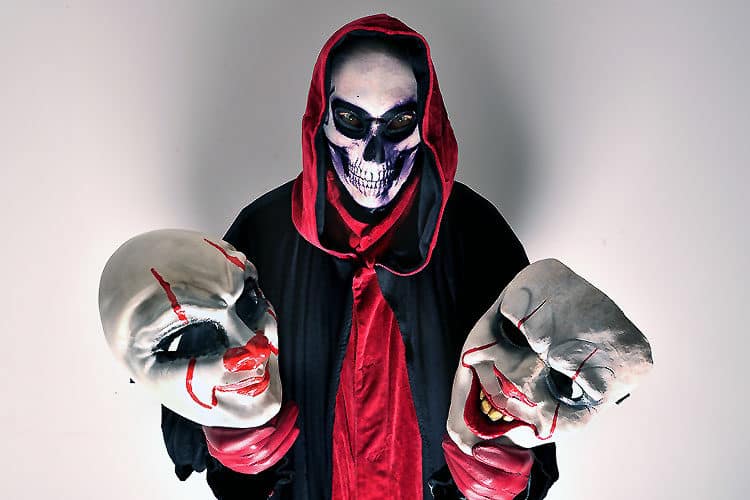
3 – A Diverse Pool of Resources
Not only should there be diversity within our own team and our own scares, but we need to recognize diversity within industries. If we only go to haunted attractions to get new ideas for haunted attractions, we’ll just keep doing the same five ideas over and over and over again. Especially now, we need to look for safer ways to do things and look at how other organizations that are similar to ours are handling COVID-19 and involving guests on an emotional level without having them touch anything. For example, the historic Tampa Theater in Tampa was challenged with how to socially distance people in the audience—in particular, how to safely get them in and out of the theater, because everyone is entering and exiting at the same time. This is no different than the queue situation at a haunted attraction. The report from Fear Factory has some good ideas about how to solve this.
Look at theme parks. Some theme parks are doing really well after reopening, and some aren’t. If you have a theme park nearby that’s open, see what they’re doing as a way to understand guest expectations. Look at how restaurants are handling people. Some of them are doing nothing, and some of them are doing a whole bunch, so get an idea of what’s expected in your market.
In addition to understanding guests’ expectations, it’s important for guests to know what you’re doing in response to the pandemic. This was reinforced to me while I was working in another industry—the Florida Aquarium. They had me come in and take a look at all their COVID-19 signage, because I wasn’t involved in the creation of it, and they know I have a pretty decent eye. The only problem I saw was that it looked like their other signage, and it needed to stick out like a sore thumb. Instead of being another beautiful blue sign as is found around the rest of the Aquarium, this signage needed to have an orange banner or something like that. Again, going back to Fear Factory, they put a red bar across the top of all their posters and all their print ads that related to COVID-19 regulations and how they were going to enforce them—and they enforced them very, very strongly.
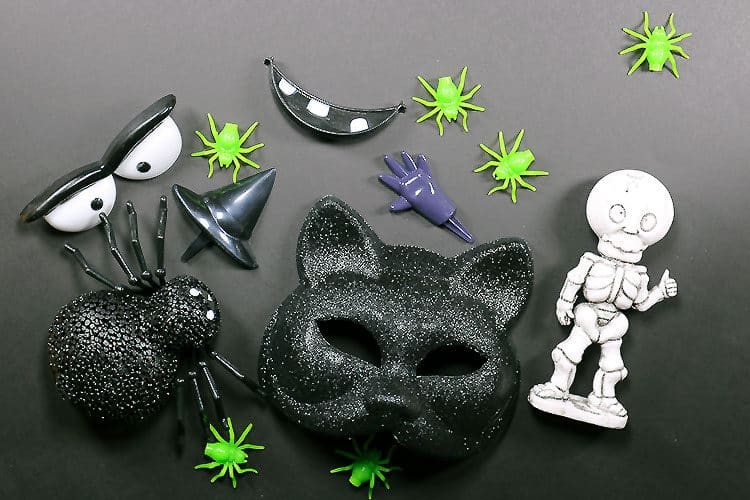
Diversity of Products
As I’ve said over and over in the face of this pandemic, don’t panic, pivot. One way to do that is to offer a diversity of product—do a Christmas event, do a halfway to Halloween event, do a summer event, do a Valentine’s day event.
Another option is online classes. Do Zoom class in makeup or some kind of make-and-take prop building. You can target more than just other haunters. Find out what your guests want to learn how to do, teach them how to do it online, and find a way to monetize it. Or just use it as advertising. You can do a 40-minute, online makeup class on Zoom, and it keeps your name out there. You might ask people to buy their tickets early or give you some money up front, so when it comes time for your attraction to open, you’ve already got some startup cash. Those classes represent a diversity of product.
Another diversity of product is rentals. If you own your own facility, this is clearly an opportunity for you. You could open it up for parties. There’s a bunch of freaky people out there who aren’t necessarily involved in the haunt industry but would love to have their birthday party in the lab of Doctor Rip ‘em Up and Bleed. Sorry, that’s a dumb name, but you know what I mean. If you have a space, rent it out.
Right now, the film industry is looking for venues that can be controlled. If you have film-quality scenic, talk to everybody from your university film department to your local film commission and see if you can find ways to rent out your space to filmmakers.
Here’s another inspiration for diversity from another industry. The gorgeous marquee at the vintage Tampa Theatre is known far and wide. The theater has just recently invested in a great way to program it using a bunch of jumbotrons. They can do color and movement and all kinds of stuff on their marquee—yet, the frame still looks like a vintage movie-house marquee.
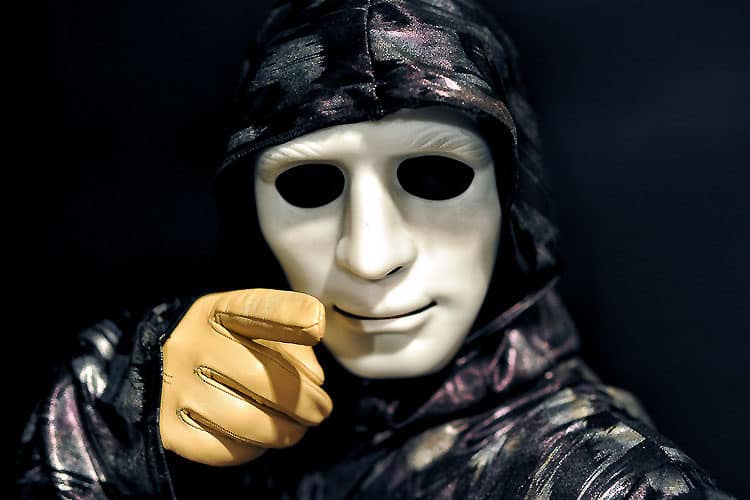
The theater discovered they can generate revenue by renting out the marquee by the hour. One of them to make use of this was the graduation market, since all of our college, high school, and even eighth graders didn’t get a chance to walk the aisle this year. Parents contacted the theater and asked to rent the marquee to congratulation their son or daughter. The theater hasn’t been able to reopen to its full capacity, so this has been a great way for them to diversify their product and generate revenue, even though, of course, the theater never set out to be a message-rental space. If somebody makes a large enough donation to the theater, the theater folks will have a professional photo crew take a picture of it and send it to you. This can be arranged from anywhere. Just go to the Tampa Theatre website if you’re interested.
You may be able to do this on your own website—rent out your marquee. You can have one of your characters lean on a sign that says, “Happy birthday, Mom.” I know my mom would hate every minute of that, but there are moms out there who would love it. You could rent out your icon characters to do either short videos or or phone messages for people. Your fans would love that!
Diversity of product gives you more revenue streams, so, if one of them dries up, you can shift. Diversity, in itself, allows us to be stronger than the sum of our parts. What each of us brings to the table contributes to the overall wellbeing. When we’re only focused on one person or one idea, we may be successful, but we’re also leaving something out. Open up your mind and open up your heart. The only way to make diversity work is to find those voices that have been unheard or ignored and bring them to the table. Elevate them to the point where they can be heard, because they matter. Bringing all voices into the conversation makes us all stronger.
